Agastaches
tabassam
18 years ago
Featured Answer
Comments (15)
rich_dufresne
18 years agobrenda_near_eno
18 years agoRelated Professionals
Allen Landscape Architects & Landscape Designers · Belmont Landscape Architects & Landscape Designers · Finneytown Landscape Architects & Landscape Designers · Aberdeen Landscape Contractors · Cordele Landscape Contractors · Fort Mill Landscape Contractors · Mashpee Landscape Contractors · McLean Landscape Contractors · University City Landscape Contractors · Watertown Landscape Contractors · White Bear Lake Landscape Contractors · Oxon Hill Landscape Contractors · Sun Valley Landscape Contractors · Palmetto Outdoor Lighting & Audio Visual Systems · Woodland Hills Siding & Exteriorsdbarron
18 years agokaren__w z7 NC
18 years agobrenda_near_eno
18 years agotabassam
18 years agorich_dufresne
18 years agorich_dufresne
18 years agowardw
18 years agopenny1947
18 years agorosewomann
18 years agorich_dufresne
18 years agoredcat72
18 years agomutajen
15 years ago
Related Stories
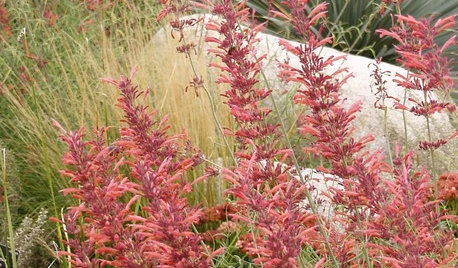
FLOWERS AND PLANTSAgastache Rupestris, a Heat-Loving Hummingbird Magnet
Threadleaf giant hyssop adds color and fragrance to late-summer and fall xeric gardens
Full Story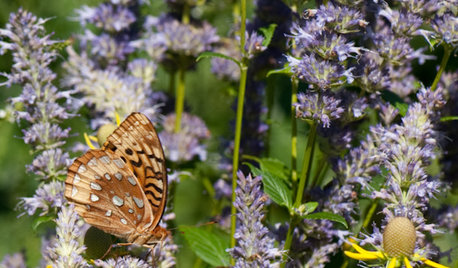
GARDENING GUIDESGreat Design Plant: Anise Hyssop Delights Licorice Lovers
With its distinct scent and flower spikes, drought-tolerant Agastache foeniculum stirs interest among humans and winged creatures alike
Full Story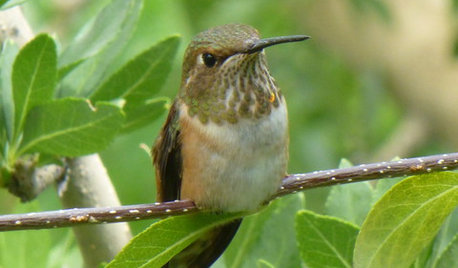
GARDENING GUIDES8 Flowers That Hummingbirds Adore
To draw those mesmerizing little birds to your garden or doorstep, plant these flowers that are attractive in more ways than one
Full Story
GARDENING GUIDESGarden-Friendly Native Alternatives to Overplanted Exotics
There are lots of gorgeous, wildlife-friendly native plants ready to make an appearance in your garden
Full Story
GARDENING GUIDESOh, Deer! 10 Native Flowers That Stand Up to the Herds
Keeping a garden amid hungry deer can be hard, but these plants should fare well
Full Story
GARDENING GUIDES6 Plants That Beat Butterfly Bush for the Wildlife Draw
It's invasive, a nonnative and a poor insect magnet. Check out these better alternatives to butterfly bush in the garden
Full Story
GARDENING GUIDESGreat Garden Combo: 3 Wonderful Plants for a Deer-Resistant Screen
Protect your privacy and keep deer at bay with a planting trio that turns a problem garden area into a highlight
Full Story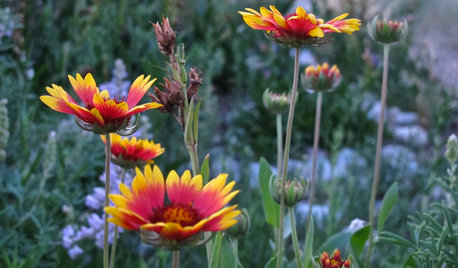
GARDENING GUIDESThese Hummingbird-Attracting Native Plants May Surprise You
These flowers, vines and shrubs offer shelter and food supplies that keep hummingbirds around longer
Full Story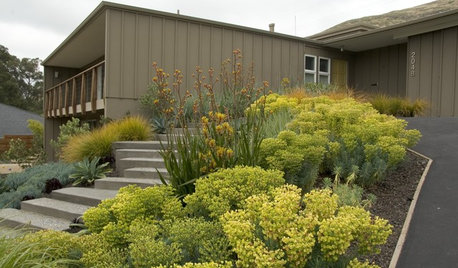
PLANTING IDEASHouzz Call: Show Us Your Favorite Garden Combinations for Fall Planting
Got a plant mix you love in your yard? We’d love to see it
Full Story
GARDENING GUIDESBackyard Birds: Invite Entertaining Hummingbirds Into Your Garden
Hummingbirds — unique to the Americas — zip through open landscapes seasonally or year-round. Here’s how to attract them
Full Story





sarahbn